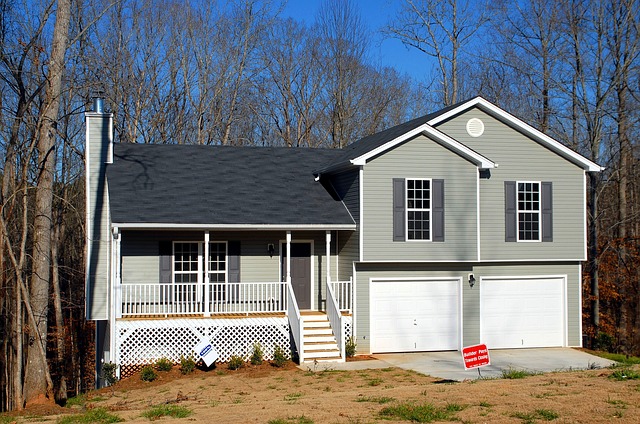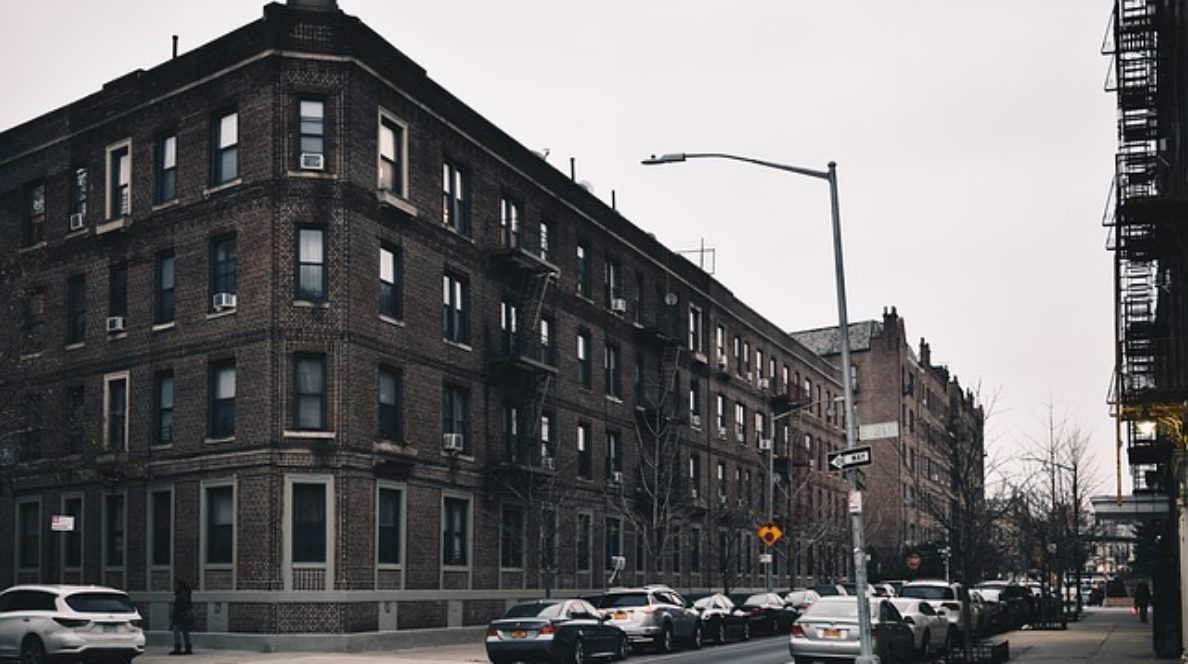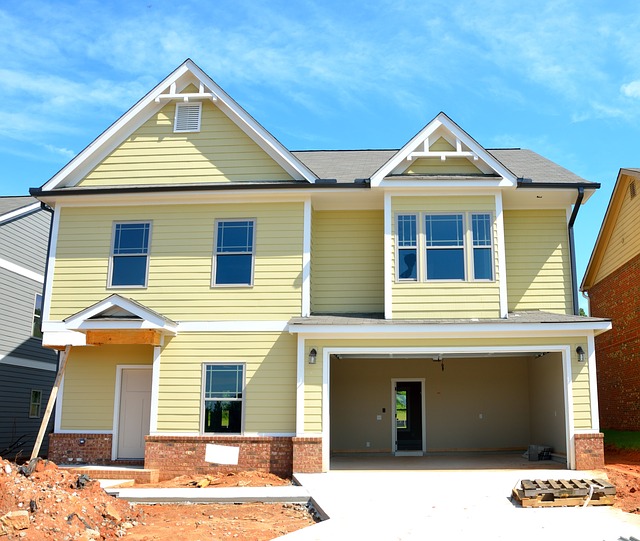Have you finally taken the plunge and completed the LJ Hooker board game of buying a home? Congratulations! But if you’re buying for investment, there is still the task of finding the right tenant to sign your lease. There are many ways of going about this, but here are 3 qualities we think every dream tenant should have.
Getting the Right People in Your Investment Property
Have you finally taken the plunge and completed the LJ Hooker board game of buying a home? Congratulations! But if you’re buying for investment, there is still the task of finding the right tenant to sign your lease. There are many ways of going about this, from searching through the internet, to asking around your friend groups, all the way to engaging a professional property manager to handle the process for you.
But if you’ve decided to do this yourself, you might be unsure what to look for in a tenant. We have a lot of experience in this area, and so here are three qualities that we think every dream tenant should have.
Cleanliness
It’s next to Godliness, and more importantly, saves you time and stress! A clean tenant is less likely to have mould or mildew build up in your property, won’t have a problem with you when you want to inspect and also makes your inspection process so much easier!

Not to mention, it also reduces the risk of damage or long term wear and tear to your property. This can be hard to gauge solely on personal appearance, however, and might require some past references from landlords before you can be certain.
Timeliness
Timeliness shouldn’t just apply to the rent payments (although that is fairly vital!). When we say get a timely tenant, we mean someone who responds to your emails promptly, is not late to any meetings and generally doesn’t waste your time as a landlord.
Of course, this is a two-way street. Treating your tenants with respect is just as important for building a dream relationship with leaseholders, so make sure to also be timely in your communications with them should they get in touch!
Cashflow
It’s important to have tenants who can afford to pay the rent. As a landlord, you want to check this out before the lease is signed otherwise you might have a stressful lease period chasing up money. If you have a central city apartment with a high rental price, make sure your tenant is someone on an income that can match!
It’s very important to remember your responsibilities as a landlord, but don’t cut corners when you choose your tenants. Take the time to make sure the people who sign on to live in your property have the right qualities, and you will be sitting pretty for the future.

